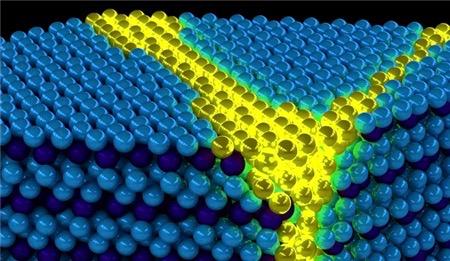Excitonium sounds like a made-up substance from a children’s graphic novel.
But it is an actual scientific word, coined 50 years ago to describe new a type of matter, which scientists believed should exist, but weren’t able to prove—until now.


Excitonium sounds like a made-up substance from a children’s graphic novel.
But it is an actual scientific word, coined 50 years ago to describe new a type of matter, which scientists believed should exist, but weren’t able to prove—until now.